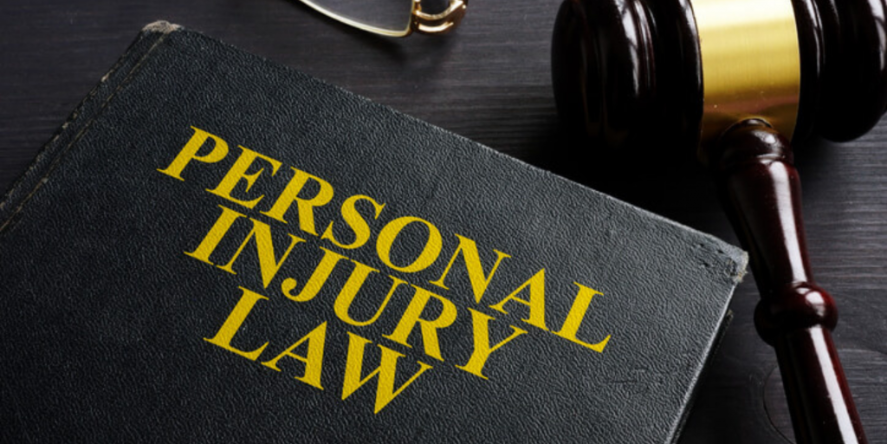Navigating the complex world of personal injury law can be daunting, yet everyone must grasp its fundamental principles. This legal area, primarily concerned with providing relief to victims who have suffered harm due to others’ negligence or intentional actions, is a testament to our society’s need for justice and accountability.
Understanding personal injury law is not just for legal professionals; it’s necessary for anyone who might one day find themselves or a loved one affected by an unforeseen incident. In such circumstances, great law firms like the Reinartz Law Firm can offer invaluable guidance and support in the often intricate journey of obtaining compensation.
This article aims to clearly explain the Key elements of personal injury law, ensuring that you’re well-equipped with the knowledge to navigate these situations.
Key Elements of Personal Injury Law
Personal injury law revolves around four pivotal elements, each playing an important role in determining the outcome of a case. Understanding these elements is essential for anyone navigating through a personal injury claim.
Duty of Care
The concept of ‘duty of care’ is foundational in personal injury law. It refers to the responsibility one individual has to avoid causing harm to another. In legal terms, a person or entity is expected to act with the same level of caution and attention that a reasonably prudent person would under similar circumstances.
For example, a driver has a duty of care to drive their vehicle safely to avoid accidents. Similarly, businesses must ensure their premises are safe for customers. When individuals or entities fail to uphold this duty, whether through negligence or direct actions, they may be liable for any resulting injuries.
Breach of Duty
A breach of duty occurs when an individual or entity fails to meet the established standard of care. This breach is about causing harm and failing to take the necessary precautions to prevent it.
Common examples include a store owner neglecting to clean up a spill, leading to a customer slipping and falling, or a driver texting while driving, causing a car accident. In these scenarios, the breach of duty is evident as the responsible parties failed to act as a reasonably prudent person would in similar situations.

Causation
Causation in personal injury law links the breach of duty to the injuries sustained. This element is divided into two parts: direct causation and proximate causation. Direct causation means that the breach directly caused the injury, while proximate causation refers to a breach that set off a chain of events leading to the injury.
The role of causation is to establish that the breach, not some other factor, was responsible for the harm. For example, if a person slips and falls due to a wet floor without warning signs, the causation directly links the property owner’s negligence to the person’s injuries.
Damages
Damages in personal injury cases are the monetary compensation awarded to the injured party. There are two primary types of damages:
- Compensatory
- Punitive
Compensatory damages are meant to cover the expenses incurred from the injury, like medical expenses, lost wages, and pain and suffering. Punitive damages, less common, are awarded in cases of gross negligence or malicious intent, serving as a punishment to the offender.
Calculating damages considers several factors, including the extent of the injury, the impact on quality of life, and economic losses. This assessment ensures that the compensation aligns with the extent of the harm suffered.
By understanding these key elements, individuals can better navigate the complexities of personal injury law and seek fair compensation for their injuries.
Conclusion
Grasping the essentials of personal injury law is more than just legal knowledge; it’s a crucial part of being prepared for life’s unexpected turns. Understanding these key elements empowers individuals to make informed decisions and seek justice effectively. However, the complexities of legal proceedings often require professional guidance.
If you find yourself entangled in a personal injury case, don’t hesitate to seek the expertise of a seasoned attorney. Their guidance can be instrumental in navigating the complexities of your legal journey toward a fair resolution.
Blog Received On Email




















